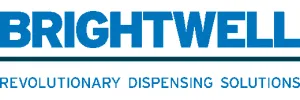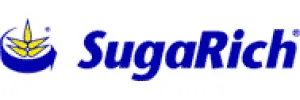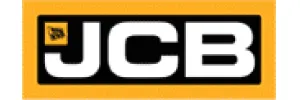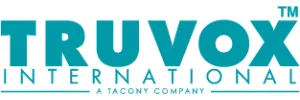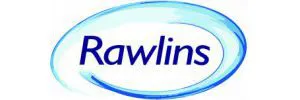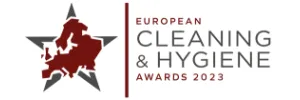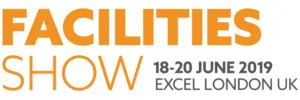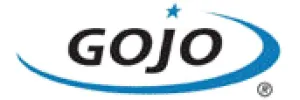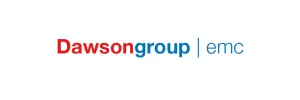News & Insights
Read the latest news from us and our clients across the globe

Posted on 13 February 2015 by adtrak.admin
Why we need to ‘chop the mop’
More than a chore: cleaning with science
If you really care about washroom hygiene, then you’ve got to ‘chop the mop,’ says James White, managing director of Denis Rawlins Limited, as he calls for a shift to science-based cleaning.

Growing awareness of the need for high standards of hygiene and preventing cross-contamination, particularly around areas where food is prepared, is to be welcomed. But in our industry – and sectors from hospitality to schools – there’s an elephant in the room, or rather the washroom.
If we’re serious about tackling pathogens and toxins lurking in buildings, then we need to recognise that washrooms, rest rooms, toilets – call them what you will – are the seat of the problem.
Their high frequency of use, common touch points for transferring microbes, and user exposure to bio-hazardous wastes combine to make washrooms a special case for treatment. When people are ill, they tend to use washrooms more, and are thus more likely to transmit infection there.
Washrooms present another problem, apart from the usual drips, splashes, flush air plume and dampness (making for an unhealthy breeding ground for germs and odour-causing bacteria). Flooded toilets mix the bacteria normally found in the human gut with organisms already on the floor from people’s shoes. These contaminated liquids can soak into porous floors and grout lines, creating a real health hazard, not to mention a foul-smelling environment.
All too often the evidence is there for our eyes or nose as the apparently decent cleaning standards elsewhere in a building break down in the gents or ladies. But even when a washroom looks and smells clean, it may be hosting colonies of harmful bacteria – and cleaners and facility managers will have no idea.
It’d be wrong to blame cleaning budget cuts or corner-cutting operatives (though we can understand why they might turn their nose up at kneeling down to wipe behind toilet bowls). The real culprit is the mop.
According to the best estimates we can find, up to 70% of all floor surfaces are still ‘cleaned’ with a mop and bucket. Yet mops are far more effective at spreading soils and contaminants than removing them. Much of what they do lift off the floor is likely to end up back there as the mop head is doused in the bucket’s dirty water, which is true even for microfibre mop-heads.
Mopping is also painfully slow, and it can’t tackle other surfaces, so cleaning a washroom is often as unproductive as it is ineffective. Hence our campaign to ‘Chop the mop!’
It doesn’t take a scientist to tell us that mopping fails to de-contaminate floors and is outdated. But the other plank of our campaign is a plea for science-based cleaning, so that we can have confidence in the cleaning solutions we choose.
Testing cleanliness is now easy and affordable using meters that measure ATP (Adenosine TriphosPhate), a universal energy molecule found in all animal, plant, bacterial, yeast and mould cells.
Although we are a cleaning equipment supplier, we act as consultants to contractors and clients. Our primary commitment is not to a particular manufacturer’s line of equipment – but to recommending the right process and machine for the job. We also firmly believe that cleaning, and the people who do the work, should be seen as professional. Mop in hand, they can’t be.
A system that sprays a cleaning solution, rinses with clean water under high pressure, and removes dirt and contaminants by vacuuming has to be more effective and hygienic. And the science proves it.
Studies in the US have shown that the Kaivac No-Touch Cleaning® system is up to 60 times more effective at removing bacterial contamination than mops. And it’s more productive, taking between one half and a third of the time.
Another advantage is that all washroom surfaces (and touch points), from urinals, basins and taps to handles and push plates, can be cleaned hygienically in the same way. Bacteria can be removed even from grout lines, crevices and corners that are hard if not impossible to clean with traditional methods.
This labour-saving approach is more cost-effective for the client, more dignified for staff, and healthier for washroom users.
This is why we’re convinced that cleaning today should be science-based, hygienic ‘No-Touch’ cleaning.
http://www.rawlins.co.uk/kaivactc
Published in Tomorrow’s Cleaning – February 2015
Experts in Public Relations Services & Communications Management
Our ServicesGenuine industry specialists in cleaning and hygiene, environmental and recycling, and facilities management
Our Sectors
